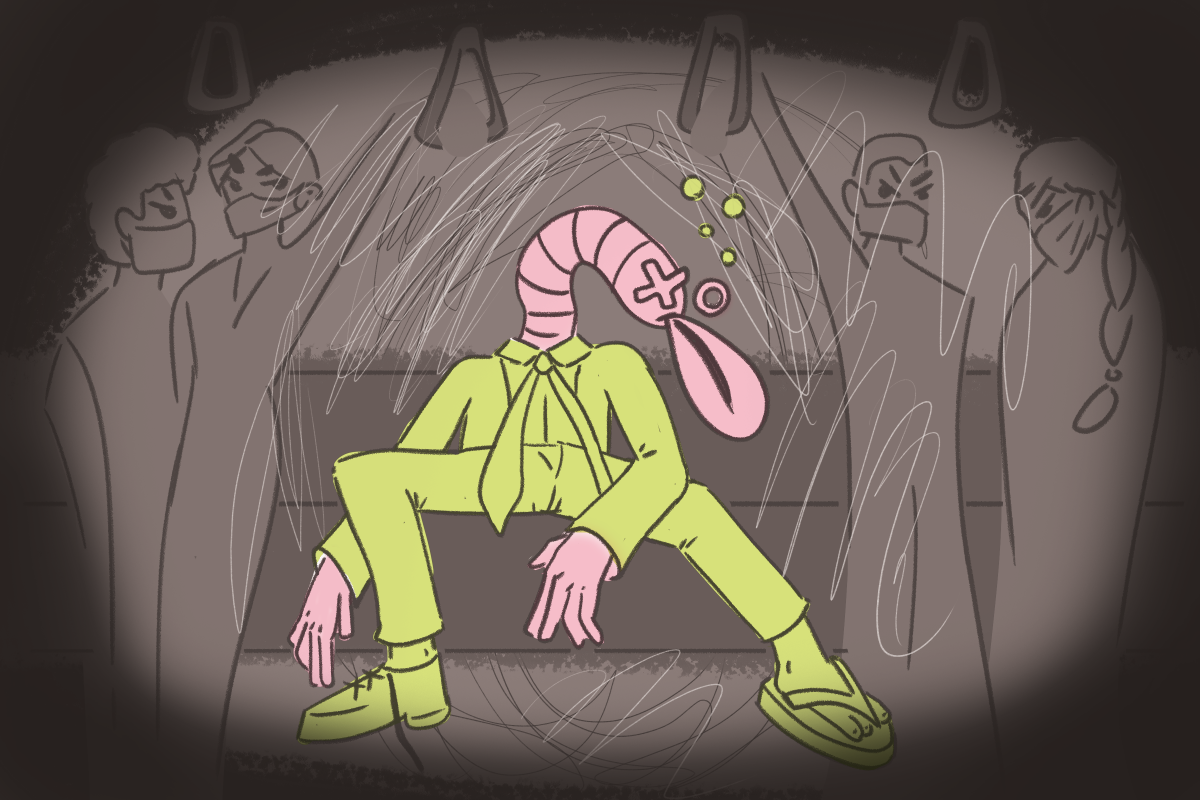Julie Casani, director and medical director of Student Health Services, shared COVID-19 trends in the fall semester, indicating an increase in positive cases around Aug.18, with a five-time increase in cases on Aug. 20.
Casani reported 46% of positive cases were in Greek Village and 10% were in other residence halls from testing conducted from July 31 to Sept. 7.
She said cases have dropped off after the closing of University Housing, which she attributes both to a decrease in the spread of COVID-19 and a decrease in testing.
“I knew we would have disease on campus,” Casani said. “What I didn’t expect was this ginormous cluster. This number of people was way beyond any of our expectations as fast as it happened. I expected this curve to be flatter and more drawn out […] I don’t think anybody would have risked coming back if we thought we were going to be pivoting as fast as we did. I mean, we pivoted 11 days [into the semester].”
Justine Hollingshead, chief of staff and assistant vice chancellor for the Division of Academic and Student Affairs (DASA), said close to 2,000 students currently live on campus between Greek Village and on-campus residence halls and apartments.
With about 3,000 students indicating interest in returning to campus for the spring semester in “de-densified” living situations as of Oct. 2, Hollingshead said she hopes to increase this number to fill the close to 4,000 spaces that meet these new campus living standards.
“All students that live on campus and students who lived on campus at the start of the fall semester were notified by housing to inquire about their interest in coming back,” Hollingshead said. “It’s certainly going to be better if students are in single rooms versus sharing a small enclosed space, so that’s why we’ve elected to go with single rooms. And so, Housing has a plan for how they’ll start doing those assignments that hasn’t happened yet.”
Hollingshead said 117 additional bed spaces have been designated for quarantine and isolation after having to utilize the StateView Hotel for several weeks during the height of the outbreak in the fall semester.
“We won’t be putting students in North Hall for occupancy for the semester because we’re going to hold those spaces for quarantine and isolation,” Hollingshead said. “So we’ve increased from 166 bed spaces that we had at the beginning of this semester, between Avent Ferry and E.S. King, to 283 spaces between Avent Ferry and North Hall.”
Casani said there were no documented COVID-19 cases spread through classrooms during the fall semester. She said while changes have been made to housing for the spring, the University could do a better job of understanding and planning for socialization patterns as well as educating students on the potential health risks associated with COVID-19.
“We expected students to stay in their room and not play, and I think that that was unrealistic,” Casani said. “There’s going to be students who wear their face coverings and stay away from other people in dangerous situations. You’re going to have a bunch of people who just really don’t care, and they’re gonna do what they want to do… What can we offer that majority of people to allow 19- and 20-year-olds to socialize, do what they come to campus for, but do it in a way that’s safe?”
Casani said people are immune for 90 days after testing positive for COVID-19, meaning most of the campus population that tested positive in the fall will be susceptible again at the start of the spring semester.
“The spring will have the same risks as the fall,” Casani said. “Unless we change our behavior, it’s going to be the same, and nobody wants that… We have to be pretty clear that that might happen. And we have to be pretty clear about what we’re going to do differently so that we don’t go through this crazy disruption that we went through in the fall.”
Hollingshead and Casani said they encourage students to reach out to Student Government or DASA for ideas, suggestions and other input regarding safe campus engagement for the spring semester.













